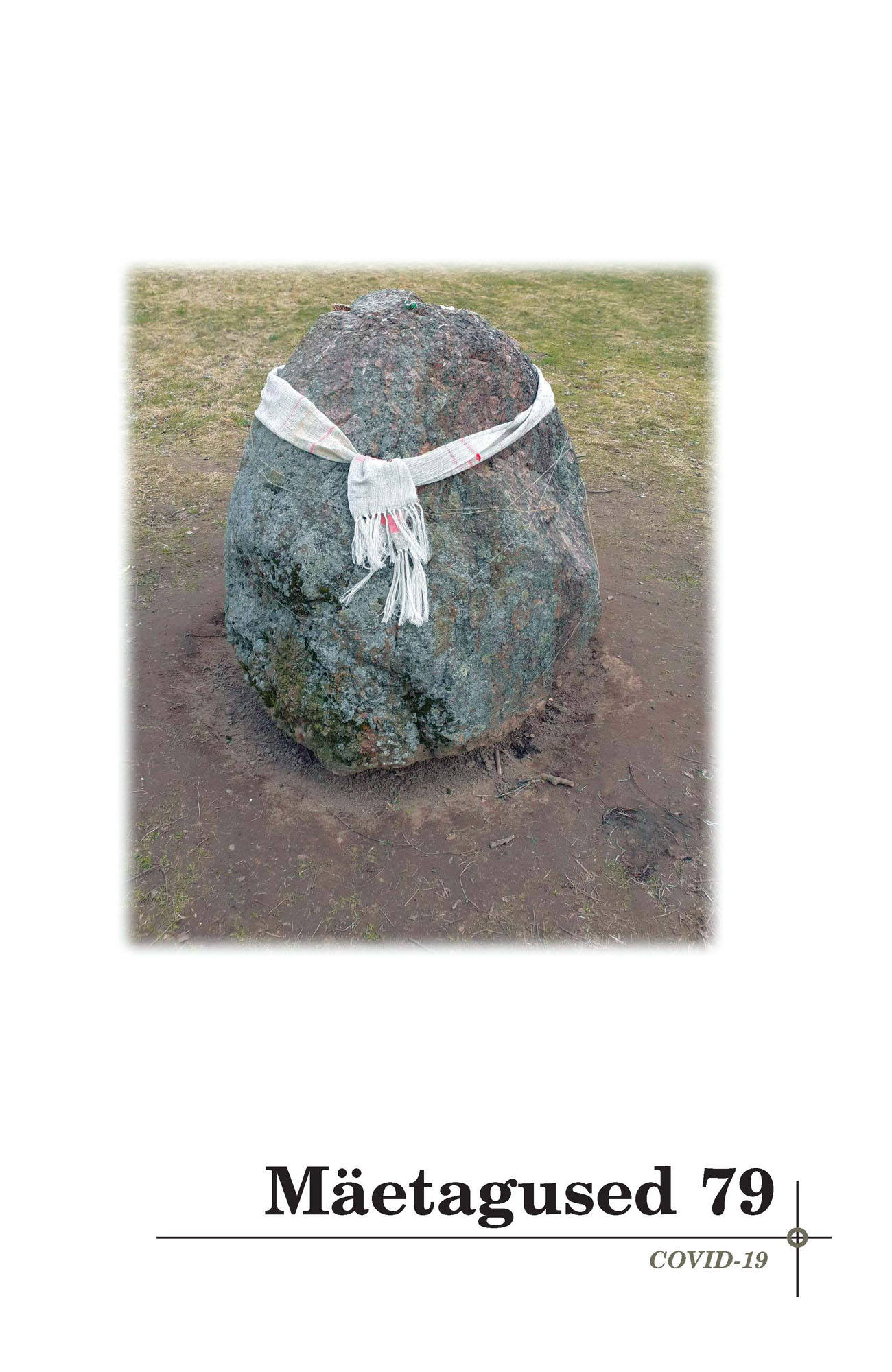Fännikultuuri loomine koroonakriisis Eesti ja Valgevene jalgpallijuhtumite näitel
Constructing fandom at the time of corona crisis: The case studies of Estonian and Belarusian football clubs
Author(s): Anastasiya Fiadotava, Piret Voolaid Subject(s): Customs / Folklore, Cultural Anthropology / Ethnology, Culture and social structure , Health and medicine and law, Sports Studies
Published by: Eesti Kirjandusmuuseum
Keywords: Belarusian and Estonian folklore; COVID-19 pandemic; fan culture; humour; football; Internet memes; social media; sport folklore;
Summary/Abstract: The comparative study analyses the relationship between sports culture and the COVID-19 crisis based on the case studies of fan groups in Estonia and Belarus. Sports and the COVID-19 pandemic are closely interconnected. In the Estonian case, the official analysis results testify that during the first COVID-19 wave in spring 2020 the most affected region in the country was Saaremaa Island, where the virus was literally blown into the air by fan bugles at the international volleyball competition held on 4–5 March 2020. Belarusian sports events did not have such dramatic repercussions, but there were also coronavirus hotbeds in several popular football clubs. The two countries had different approaches to sports events. In Estonia, as in most European countries, all sports competitions and games were banned from 12 March to 17 May 2020, during the state of emergency, but in Belarus, normal sports life continued (except in the cases when there was a COVID-19 hotbed in a sports club). While Estonian football fans were forced to stay home and wait for the games to continue, Belarusian fans, unlike the rest of the world, enjoyed championship games and stadium life. The unique situation in Belarus drew the attention of world football fans to Belarusian football. During the pandemic, most fan activities took place online, making social media the most appropriate environment for this joint study. In this article, we compare the activities of Estonian and Belarusian football clubs during the first wave of the COVID-19 pandemic and analyse how fan activities continued on Facebook. We also describe the general situation in the field of sports during the pandemic. Our analysis shows that the pandemic not only changed the communication pattern between clubs and fans (from real life to the virtual world), but also affected the ratio of parasocial and social interaction. Despite the different situations in the two countries, there was a tendency for football players and club representatives to interact with fans more actively than usual. New forms of fandom required new creative solutions and ways of communicating, which involved humour, (audio)visual media and an emphasis on positive agenda.
Journal: Mäetagused. Hüperajakiri
- Issue Year: 2021
- Issue No: 79
- Page Range: 55-86
- Page Count: 32
- Language: Estonian

